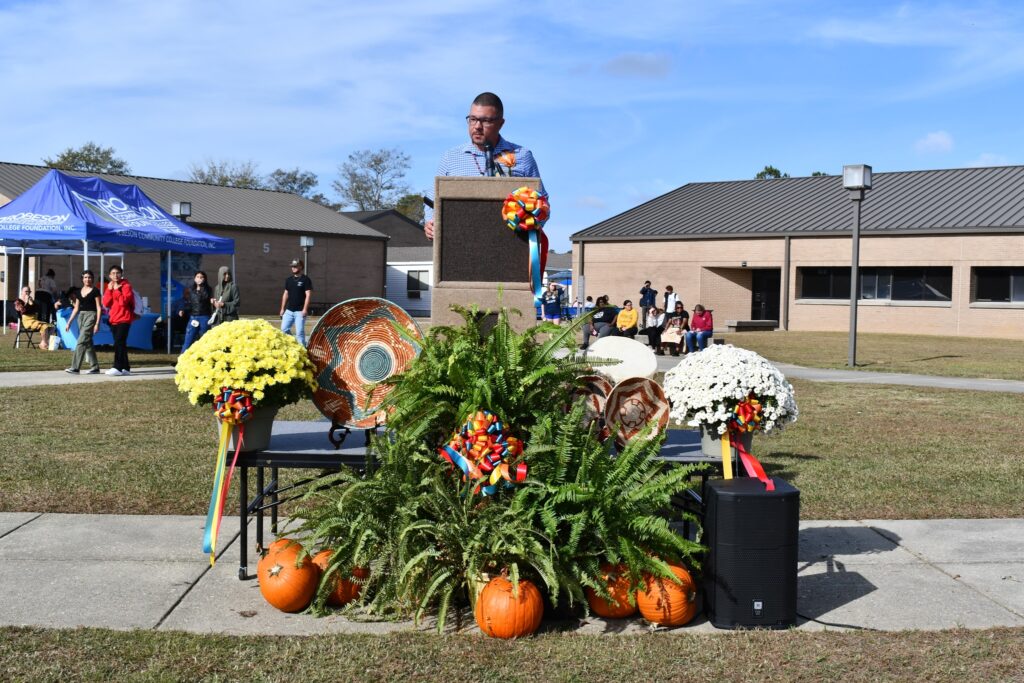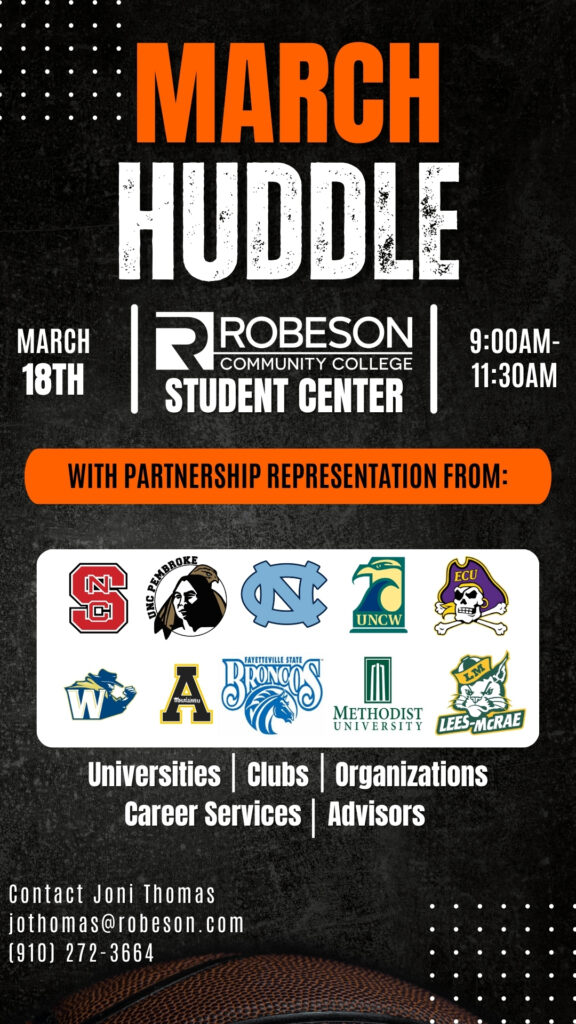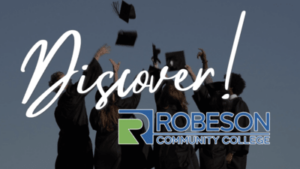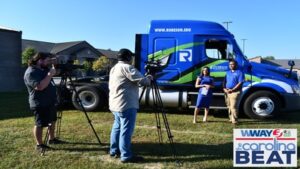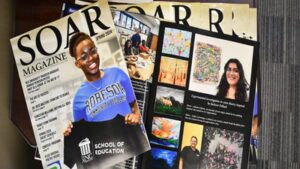
RCC’s Native American Heritage Month Exhibition Celebrates culture, “Tapestry of our Nation”
Many came together at Robeson Community College today to celebrate the 4th Annual Native American Heritage Month Cultural Exhibition, which featured special entertainment, a powwow featuring the Lumbee Ambassadors, song and dance, storytelling, craft vendors, and food trucks.
Schoolchildren from the region filled the center lawn of campus, as did students, faculty, staff and community members.
“We are thrilled to come together to honor and celebrate the rich and diverse cultures, traditions, and contributions of American Indians throughout history, especially here,” Chris Connor, a math instructor at RCC, who served on the committee that organized the event. “This event is an opportunity to learn, reflect, and appreciate the vibrant heritage of our American Indian brothers, sisters, and ancestors.”
“As we gather, we acknowledge the profound influence Native American communities have on the tapestry of our Nation, from the connections to the land and remarkable artistic expressions, languages, and customs,” Conner added. “We value and respect not only the heritage of our Indigenous people but also all people… together we can strengthen the bonds of our diverse communities.”
The Lumbee Warriors Association did a presentation of colors, which was followed by the singing of the National Anthem by RCC student Anna Grace Hunt. A ceremonial blessing and land acknowledgment started the event, creating an atmosphere of joy and peace in the air.
“Today is a special day for us,” stated RCC President Melissa Singler. “This celebration is a time to celebrate the culture of Robeson County and to honor the traditions of our ancestors… we welcome you to our campus and hope you’ll have a great day learning more about Native American Heritage.”
Addressing the audience as the keynote speaker was Microsoft Executive Zach Oxendine, who also serves as a Cyber Staff Sergeant in the Air Force Reserves.

Microsoft executive Zach Oxendine addresses the audience at Robeson Community College during its 4th Annual Native American Heritage Month Cultural Exhibition.
“It’s a blessing to be here in Robeson County,” Oxendine said, who is originally from Rock Hill, SC but now calls Reston, Virginia home.
“I am the grandson and great grandson and great, great, great, great grandson of people who’ve been here in Robeson County,” Oxendine said as he mentioned his Lumbee ancestry and heritage before asking the schoolchildren, if they were also Lumbee Natives.
“That’s beautiful,” Oxendine said as he acknowledged all the hands raised. “It’s beautiful that we have a community now that’s diverse, that’s inclusive, that allows everybody to be themselves… Indigenous Heritage Month is an opportunity to learn about the people who have stewarded this land for a very, very long time.”
Speaking on resiliency, Oxendine told those gathered about his opportunity to speak at the White House.
“We didn’t start at the White House… we started in Rock Hill,” Oxendine said. “That’s where I was one of the only Native American kids in my class for my entire elementary, middle, and high school career.”
When college was at the forefront, Oxendine said he was not able to get in.
“So, I decided to enlist in the United States Air Force and I served four and a half years there, and then I learned how to be a hacker doing cyber security,” stated Oxendine. “I had a great time doing that. I took that experience and got out of the United States Air Force and then enrolled in the University of South Carolina, where I failed and dropped out.”
“Then I took that experience and took a job where I learned and I honed my skills,” Oxendine said. “And for about a year and a half, I applied to work at Microsoft, my dream company, 25 times before I landed the role.”
“I noticed there weren’t a lot of indigenous people, and so I decided, well, we got to get young people, people like you guys, excited about technology and what technology can do for your lives and the issues that you care about,” Oxendine added.
One solution that Oxendine came up with was to build camps.
“Everybody loves camps,” Oxendine said. “I’ve been blessed to raise hundreds of thousands of dollars building STEM camps for youth like you, and I hope you guys are able to attend my camps in a couple of years.”
As Oxendine concluded, he told the schoolchildren, “You are going to be our future scientists, indigenous or not. You will be our future cyber technologists. You will be our future leaders … People are going to be a strong part of that momentum into the future… we are going to accomplish great things.”
The 4th Annual Native American Heritage Cultural Exhibition was sponsored by the Native American Heritage Month Cultural Exhibition Committee and the First American Pathways to STEM Success grant.




